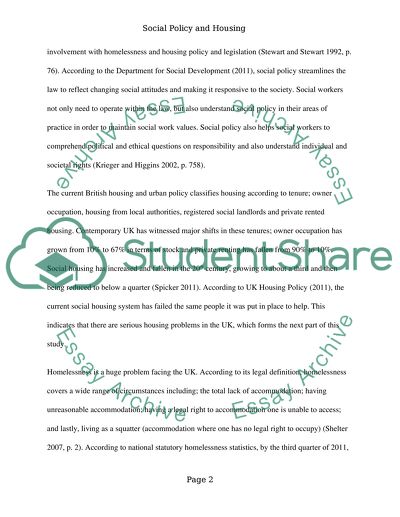Cite this document
(The Main Aim of Social Policy Case Study Example | Topics and Well Written Essays - 1750 words, n.d.)
The Main Aim of Social Policy Case Study Example | Topics and Well Written Essays - 1750 words. Retrieved from https://studentshare.org/sociology/1586908-social-policy-housing-refugees-asylum-seekers-and-the-homeless
The Main Aim of Social Policy Case Study Example | Topics and Well Written Essays - 1750 words. Retrieved from https://studentshare.org/sociology/1586908-social-policy-housing-refugees-asylum-seekers-and-the-homeless
(The Main Aim of Social Policy Case Study Example | Topics and Well Written Essays - 1750 Words)
The Main Aim of Social Policy Case Study Example | Topics and Well Written Essays - 1750 Words. https://studentshare.org/sociology/1586908-social-policy-housing-refugees-asylum-seekers-and-the-homeless.
The Main Aim of Social Policy Case Study Example | Topics and Well Written Essays - 1750 Words. https://studentshare.org/sociology/1586908-social-policy-housing-refugees-asylum-seekers-and-the-homeless.
“The Main Aim of Social Policy Case Study Example | Topics and Well Written Essays - 1750 Words”. https://studentshare.org/sociology/1586908-social-policy-housing-refugees-asylum-seekers-and-the-homeless.


